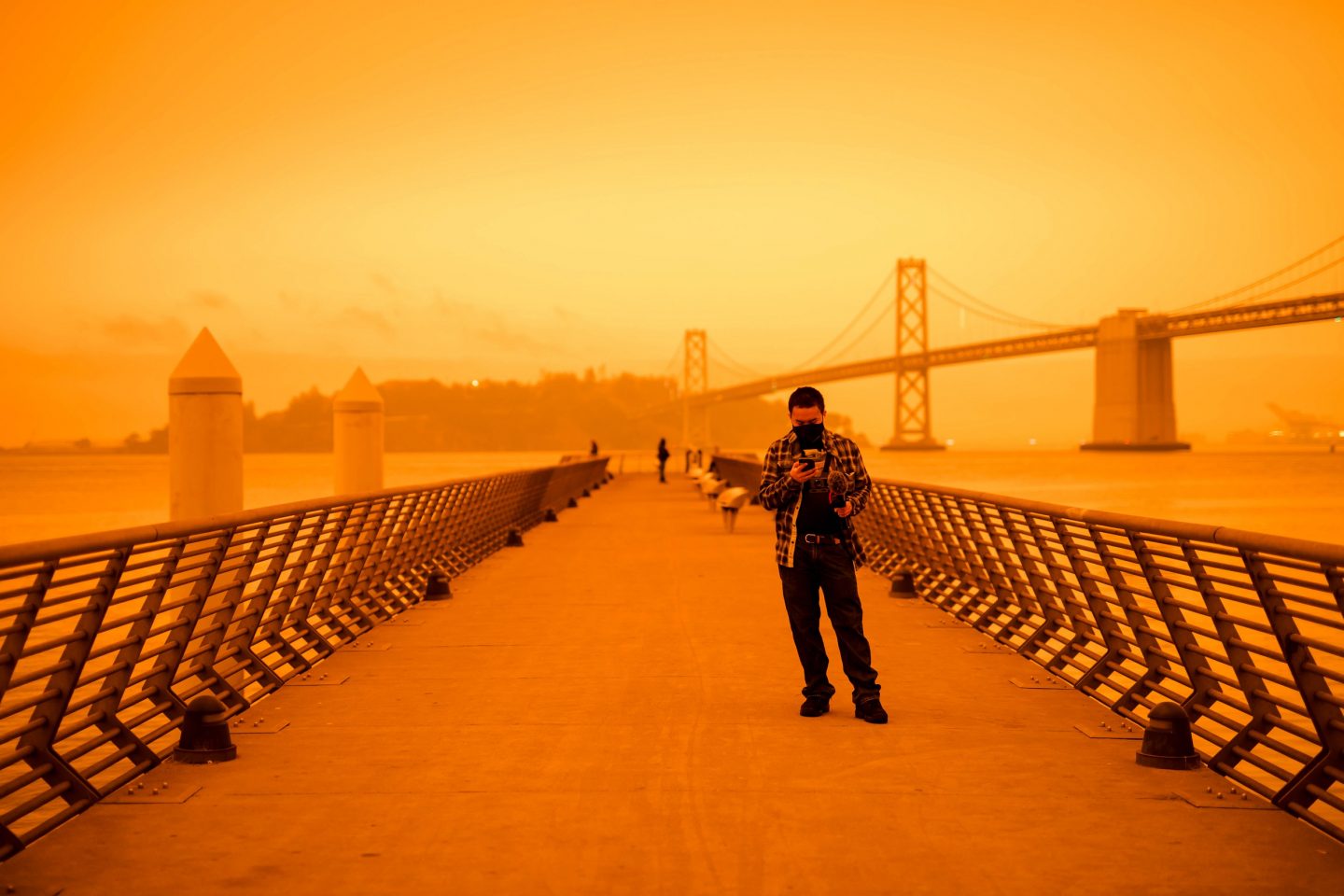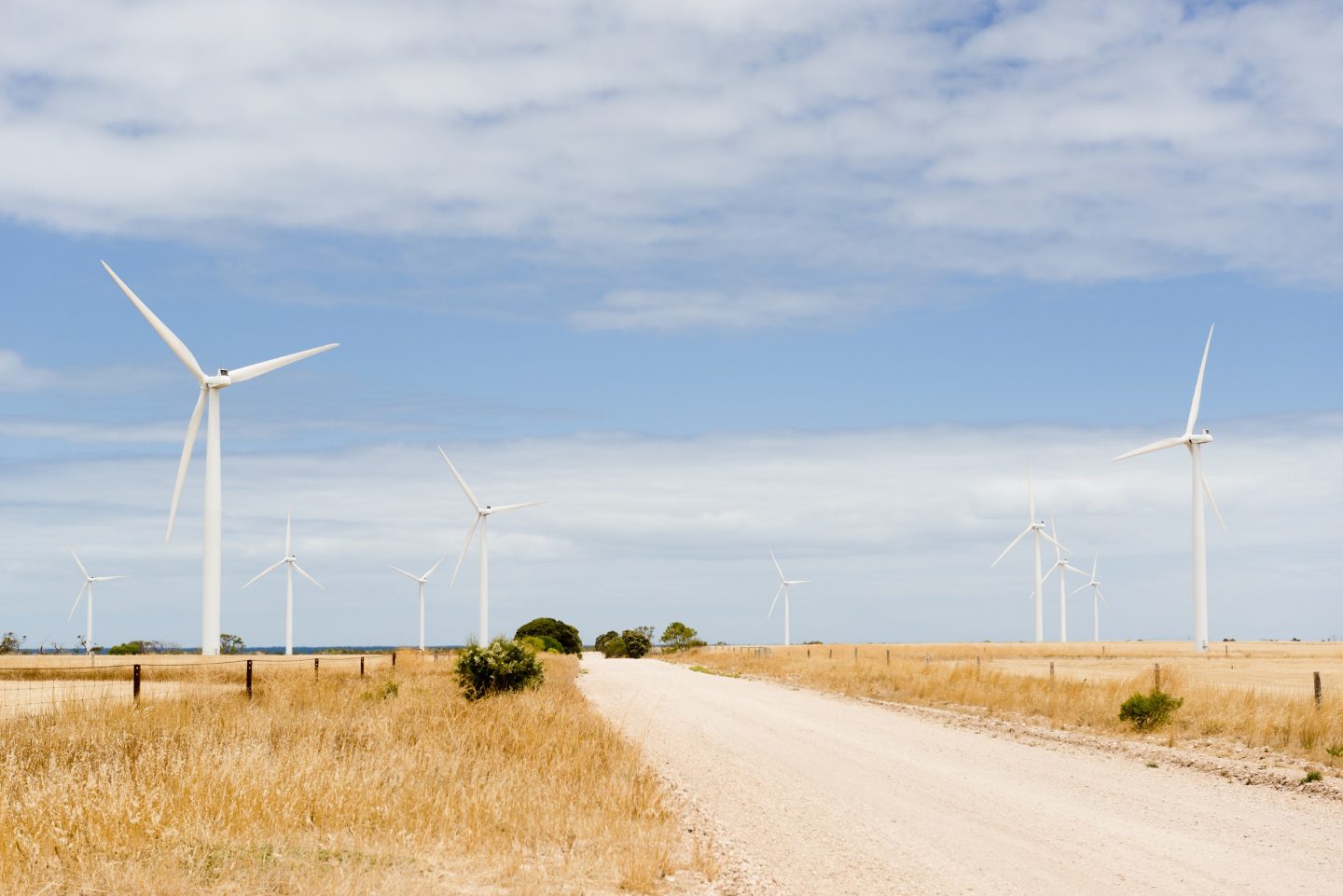
Walter Marsh
Walter is a writer and editor living on Kaurna Country.

South Australia has played a consequential role in a turbulent decade of decarbonisation. As the federal government seeks to use ‘energy security’ to hitch Australia’s COVID-19 recovery to carbon, the state is more important than ever.
“California is having this bushfire crisis where people are trapped on beaches, the sky is dark red, my family in San Francisco have to shut all their windows, there’s hottest days on record, air conditioning usage is killing the grid, powerlines are getting knocked down by wildfires,” Ketan Joshi tells The Adelaide Review. “Every single thing that came across my newsfeed in the Black Summer bushfires in Australia is coming up again in California.”
An author and renewables industry commentator, Joshi has spent the past decade at the coalface of Australian decarbonisation, writing and tweeting through the technological challenges and fiercely political culture wars that have dogged it.
But as America offers both a harrowing call-back to Australia’s last fire season and a portent of the one to come, the Morrison government is using COVID-19 to lock Australia into a ‘gas-led’ recovery. It’s a plan that makes little economic sense, but after years of rhetoric that uneconomic renewables feed higher power prices, the usual lip service to free market ideology has fallen away. Instead Morrison and Energy and Emissions Minister Angus Taylor propose an extraordinary intervention in the national energy market: for taxpayers to back new gas-fired power if the private sector does not “step up” and further entrench the place of carbon in the quest to decarbonise.
“The claim is of course that wind and solar are damaging to the grid’s reliability, so you need to invest in fossil fuel technology to counter their variability,” Joshi says. “But it’s another example of where you can use technological engineering and know-how to resolve those problems without leaning on the things that cause the problem in the first place.”
This pivot is tied to South Australia’s September 2016 blackout, when a tornado in the state’s mid- north wrought havoc on transmission towers and lines. The cascading shock to the grid saw many of the state’s windfarms go offline, causing further outages as the Victorian interconnector overloaded and shut down.
Renewables-loving South Australia became a political punching bag, but by the time the issue with the windfarms was identified and addressed – the result of overly-sensitive software calibration – the federal Coalition and parts of the media had driven home a simple-sounding but flawed narrative: that it was a problem intrinsic to wind, rather than a software bug tripped by network damage, that forced the turbines offline.
“It created a rhetorical justification for a bunch of other changes, namely an effort to retune climate policy so that ‘reliability’ was seen as the main game,” Joshi explains. “You see this with the National Energy Guarantee. It’s one of the most boring policies I’ve ever read in my life, but what it did was split out emissions reductions from reliability, and created a situation where they could get rid of emissions reductions and just have ‘reliability’.”
The latest iteration of that transition has seen the Clean Energy Finance Corporation and Australian Renewable Energy Agency broadened to back ‘carbon capture’ technology and so-called “low emission energy sources” like gas – a development eagerly greeted in a media release from the gas industry’s peak body that pings into my inbox as I write this article.
“It’s a cynical change really, because the threat to reliability has been badly exaggerated since the South Australian blackouts in 2016. So this issue gets a huge amount of focus, and emission reduction gets pushed to one side.”
Ketan Joshi
“It’s a cynical change really, because the threat to reliability has been badly exaggerated since the South Australian blackouts in 2016,” Joshi says. “So this issue gets a huge amount of focus, and emission reduction gets pushed to one side. You can see it in the language used by federal politicians today. But interestingly enough, when I see Marshall do a press conference, he’s not quite leaning on the same rhetoric the federal government is.”
In South Australia, Joshi says, there is some cause for optimism. In January 2020, to relatively little fanfare, South Australia was once again disconnected from the national energy market for 17 days. Instead of disaster, the once dreaded scenario of the state becoming “islanded” from the national grid passed by almost unremarked.
“There were obviously a few challenges here and there as you’d expect, but they did it. They managed it, and I think that a lot of commentators were expecting things to get far worse, and rapidly – that [the 2016 blackouts] would be the first of many. All that happened is the grid operator looked at what happened, learnt the causes and rectified them. I wish there was a more compelling way to describe it: they found the problem and fixed it. It wasn’t the apocalyptic scenario some were hoping for.”

Instead, South Australia is in a stronger position than ever, with a September 2020 report by economist Ross Garnaut highlighting how the state’s cheap renewable power could drive our COVID-19 recovery while pushing down emissions. A planned New South Wales interconnector, conceived in the aftermath of 2016 as a failsafe against future blackouts, may instead end up a net exporter of green power to more of the national grid.
But despite these opportunities, and the state government’s commitment to 100 per cent renewable energy by the 2030s, there will inevitably be more challenges as South Australia, like California, confronts the long-term question of reimagining a future without coal – or its slightly less-polluting cousin.
“But the goal is decarbonisation, not less carbonisation. So the next challenge is how do you get rid of gas? Gas has incredible staying power. It’s not like coal, which has been battered over several decades and lost almost all of its social and political support. But gas has a lot of support.”
The Morrison government’s COVID-19 plan is the latest example, using the perfect storm of a pandemic and recession to entrench fossil fuels just months after the Black Summer bushfires brought home the realities of the climate emergency like never before. It is the death rattle of a politics that has staked its entire purpose on delaying the use-by date of carbon resources – and helping maximise returns in the meantime.
Like countering blackout myths, the antidote isn’t necessarily simple – even with Elon Musk on speed dial, there is no silver bullet. As Joshi explains, how we arrive there will be complicated, unsexy, and require innovation, troubleshooting, community buy-in, and imagination. But it is possible.

Walter is a writer and editor living on Kaurna Country.
